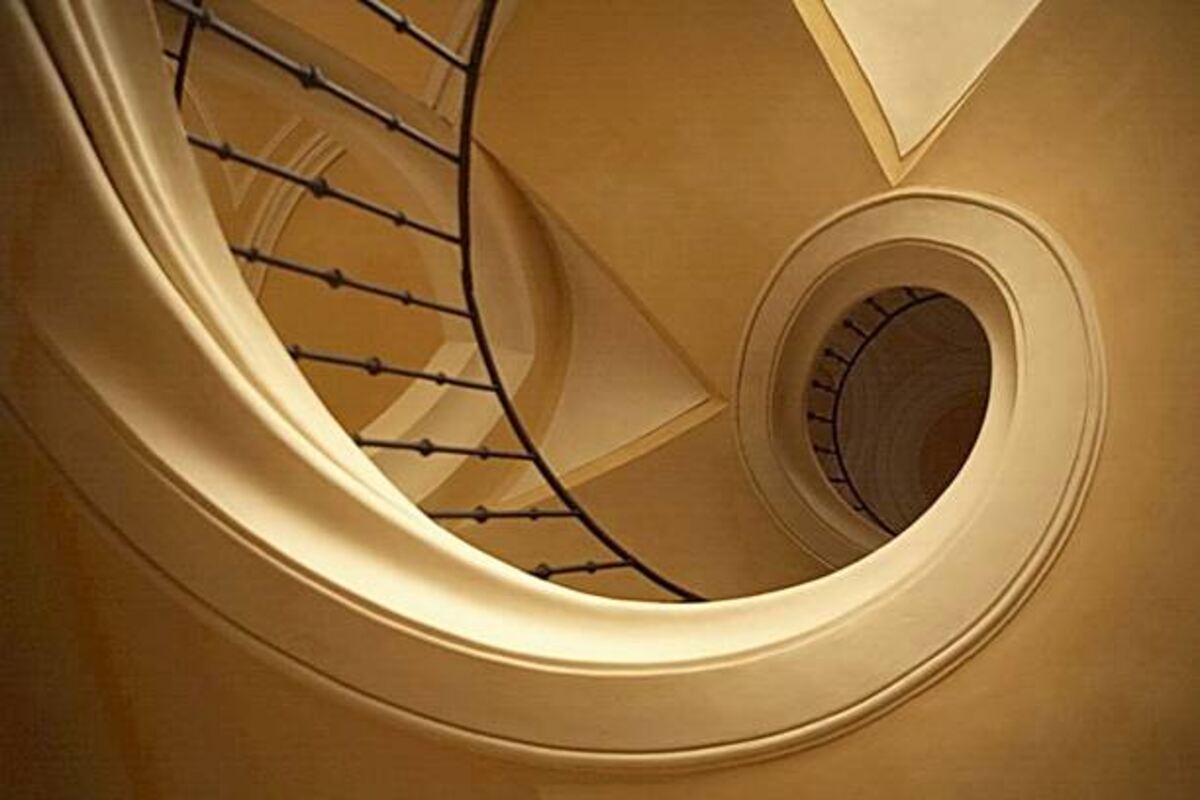The Basics of Step Fitting
Step fitting refers to the process of aligning parts together for proper assembly by marking dimensions on a workpiece and transferring them onto a pattern.
Conventional model-fitting methods (CMF) cannot identify the optimal model candidates for single-step isothermal solid-state reactions, so we devised a novel technique to overcome this limitation and rank candidate models according to the linearity of integral reaction rates.
Preparation
This modular hose reducer consists of four pieces that fit neatly inside one another for easy assembly. Perfect for connecting dust extraction or vacuum hoses of different diameters.
To prepare the workpiece for step fitting, it must first be measured using a steel rule and try square. Once these initial dimensions have been verified, the part can then be secured in a bench vice, with the flat file being used to file away corners in order to form right angles.
Next, an IAA solution must be added to the water in order to neutralize any potential odors arising during testing. IAA stock solutions should be refreshed at least weekly while stored in airtight containers.
Cutting
As part of step fitting, cutting means removing metal in order to form the desired shape. This may be done manually with a hacksaw but can also be accomplished mechanically with milling or turning tools. Cutting metal accurately and consistently depth-wise ensures that when completed, it fits together smoothly and remains stable.
If your goal is to build muscle during a cutting period, increasing protein consumption can help protect against loss of muscle tissue and maintain gains in body weight. You may need to make changes to both nutrition and training plans accordingly – for instance; the Axminster Workshop modular 4-step hose reducer offers an affordable yet practical solution for joining or adapting vacuum or dust extraction hoses of different diameters together.


